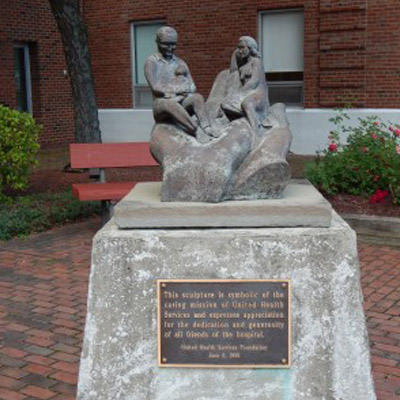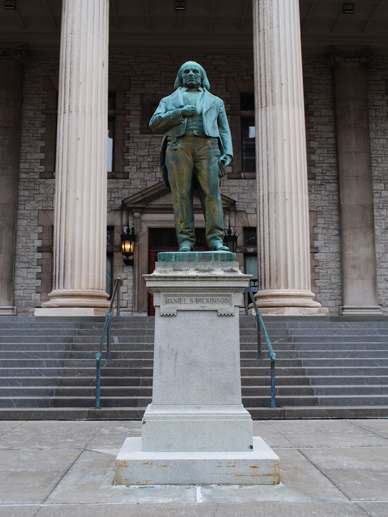Reviewed by Lee Shepherd
The Binghamton Philharmonic Orchestra’s concert Saturday (April 18) at Binghamton University – dubbed “Framed Artistry” — offered a gripping and exciting armchair adventure tour of Iran, Spain and Russia. No passport required! All the works were “programmatic,” that is, evoking scenes and places, with “you are there” veracity.
Not often are Binghamton audiences treated to a world premiere of a world-class composition – in this case, Esther by Iranian-American Behzad Ranjbaran, who is on the faculty of the Juilliard School of Music.
“It’s a big deal,” said Maestro Jose-Luis Novo, who cautioned listeners at BU’s Anderson Center not to make snap judgments when listening to new music. “Don’t be the fool history remembers when the music is later recognized as a masterpiece. In my opinion, this piece is very good music,” Novo said.
Ranjbaran was commissioned for the BPO by the late Dr. Ali Akbari, a long-time Binghamton practitioner who hoped to build a bridge between traditional and Western symphonic music. (Coincidentally, the Tehran Symphony just resumed performances, after being shut down several years ago by hard-line Islamists, another sign that Iran and the U.S. are finding common ground. “We’re ahead of the game in U.S.-Iranian relations,” Novo quipped.)
Esther tells the story of the Persian queen who saved her Jewish people from a genocidal plot (the story of the Purim). A blend of Gershwin and Stravinsky, with an Eastern flavor, driving rhythms and virtuosic solos for the English horn, trumpet and percussionists, the piece guided listeners through the splendid city of Susa (Shush?n in Hebrew)and its gardens. In this reviewer’s opinion, it is a fine piece of music that need not await the judgment of time and future listeners.
BPO moved on to Spain, with Joaquin Rodrigo’s Concierto de Aranjuez played by classical guitarist Pablo Villegas. This young artist, an ambassador of Spanish culture since his auspicious debut with the New York Philharmonic, performed with flair, passion and playfulness. The well-known second movement, depicting the composer’s pain at the loss of a miscarried child, begins and ends with a heartbeat. The music is heart-wrenchingly beautiful. The spirited first and third movements were practically danceable.
Lest we missed the point that Villegas is a master of the classical guitar, he tossed off a delightful encore – the Gran Jota de Concierto by Francisco Tarrega (from the performer’s hometown of La Rioja). He not only played a Spanish dance with increasingly difficult variations, but he also mimicked the sound of snare drums emitted by the guitar. The magical performance earned him a standing ovation and a long line of folks buying his CDs in the lobby at intermission.
The second half of the program was devoted to one crowd-pleasing work: Modest Mussorgsky’s Pictures at an Exhibition, a piece that once again demonstrated that the BPO is at its peak of performance. An homage to the artist Viktor Hartmann, and transformed from a piano piece to an orchestral work by genius orchestrator Maurice Ravel, Pictures took us on an imaginary tour of Hartmann’s paintings of Russian icons and scenes. The audience showed its appreciation with another standing ovation.
Every section of the orchestra did itself proud in this concert, but special mention must be made of the percussionists Daniel Fabricius, John Allis, Michael Bull and Julie Licata, who were danced off their feet throughout the evening.
The BPO will move to The Forum next season, according to a letter mailed to subscribers, and with the cost savings, will be able to add a another concert to its season. Symphonic music is alive and well in Binghamton!



































